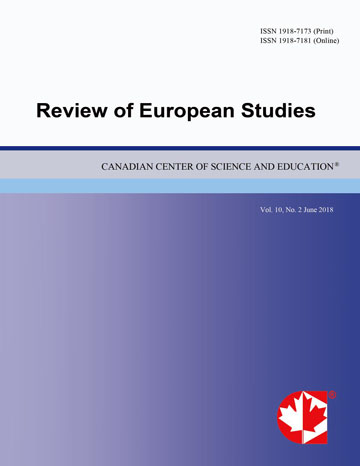Facing In-Group Immorality: Differentiating Expressed Shame from Expressed Guilt
- Nicolay Gausel
Abstract
Even though shame and guilt are two widely investigated emotions, there is no consensus on what people mean when they use the terms ‘shame’ and ‘guilt’. Some researchers argue that they are indicators of focus. That is, shame means a bad self, while guilt means a bad behaviour (Tangney, 1991). However, other researchers have argued that shame and guilt must be understood in the context of ‘the self’ and ‘the other’. Since shame is more unpleasant than guilt, people that feel shame scorn themselves in addition to the scorn that derives from a condemning imagined ‘other’. This experience is so painful, that people would rather not allow shame to impact them personally; consequently they try to defend against it. One way to do this is to express guilt instead (Lewis, 1971). Building on this latter view, I will debate a new model as proposed by Gausel and Brown (2012) that argue if guilt and shame are evoked simultaneously in the face of immoral in-group behaviour, then people would allow guilt to address them personally, while shame will address their in-group. This means that guilt will motivate them to undo their personal self and their personal behaviour, while shame will motivate them to undo the in-group self and behaviour. Implications for intergroup research are discussed.
- Full Text:
 PDF
PDF
- DOI:10.5539/res.v4n4p1
Index
- ACNP
- CNKI Scholar
- DTU Library
- Elektronische Zeitschriftenbibliothek (EZB)
- EuroPub Database
- Excellence in Research for Australia (ERA)
- Genamics JournalSeek
- Google Scholar
- Harvard Library
- HeinOnline
- Infotrieve
- JournalTOCs
- Mir@bel
- Open policy finder
- RePEc
- ResearchGate
- ROAD
- Scilit
- Technische Informationsbibliothek (TIB)
- The Keepers Registry
- Universe Digital Library
- WorldCat
Contact
- Paige DouEditorial Assistant
- res@ccsenet.org
